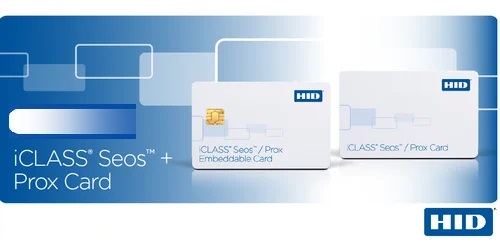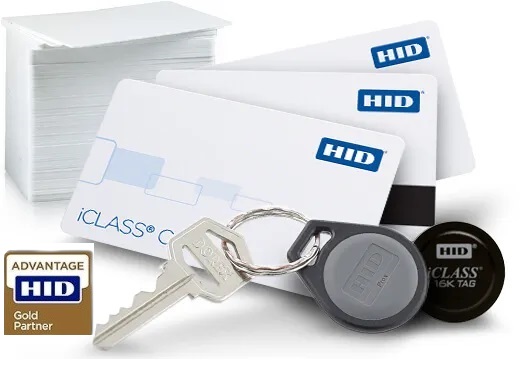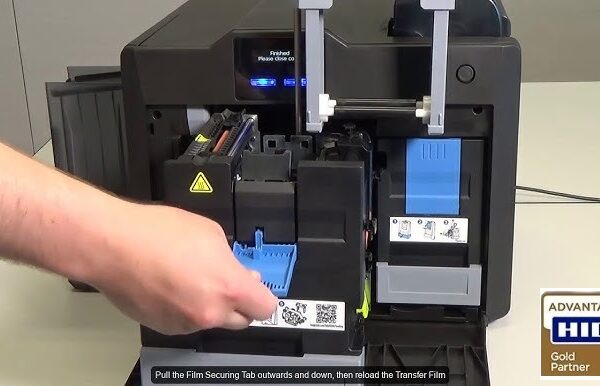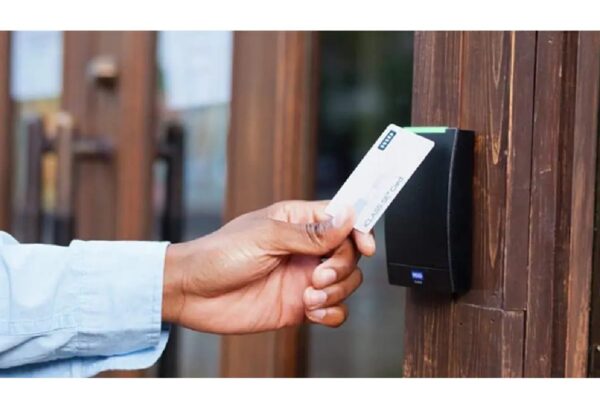The difference between NFC and HID prox is
NFC (Near Field Communication) and HID Prox (HID Proximity) are both technologies used for short-range communication and access control, but they have some key differences:
NFC (Near Field Communication)
- Technology Standard: NFC is a set of communication protocols and standards that enable devices to establish communication by bringing them within a few centimeters of each other. It is based on RFID (Radio Frequency Identification) technology but includes additional features.
- Frequency: Operates at 13.56 MHz.
- Communication Type: Supports two-way communication, allowing devices to read and write data to each other. This makes it suitable for a wide range of applications beyond access control, such as mobile payments (e.g., Apple Pay, Google Wallet), data sharing, and more.
- Data Transfer: Typically supports higher data transfer rates compared to basic proximity cards.
- Compatibility: Widely supported across various devices, including smartphones, tablets, and other NFC-enabled devices. This makes it highly versatile and convenient for users.
-
For details and buy: +92-309-786-2487
HID Prox (Proximity)
- Technology Standard: HID Prox is a specific implementation of RFID technology developed by HID Global for access control systems. It is a more traditional form of RFID technology.
- Frequency: Operates at 125 kHz.
- Communication Type: Typically supports one-way communication. The proximity card (or tag) transmits a unique identifier to the reader, which is used to grant or deny access. It does not support data writing or complex data exchanges.
- Data Transfer: Generally, the data transfer rate is lower and limited to the transmission of the unique identifier.
- Compatibility: Mostly used in dedicated access control systems. Proximity cards and readers are usually proprietary and may not be compatible with other systems or devices.
Key Differences
Frequency and Range:
– NFC: 13.56 MHz, very short range (a few centimeters).
– HID Prox: 125 kHz, slightly longer range (up to several inches).
Communication Capability:
– NFC: Two-way communication, allowing data exchange.
– HID Prox: One-way communication, primarily for sending a unique identifier.
Applications:
– NFC: Used for a variety of applications including payments, data transfer, and access control.
– HID Prox: Primarily used for access control and identification purposes.
Device Compatibility:
– NFC: It is compatible with a wide range of consumer devices.
– HID Prox: Typically used with specialized access control hardware.
These differences make NFC a more versatile technology for general-purpose use, while HID Prox remains a robust solution specifically for access control environments.



